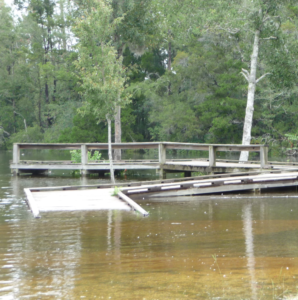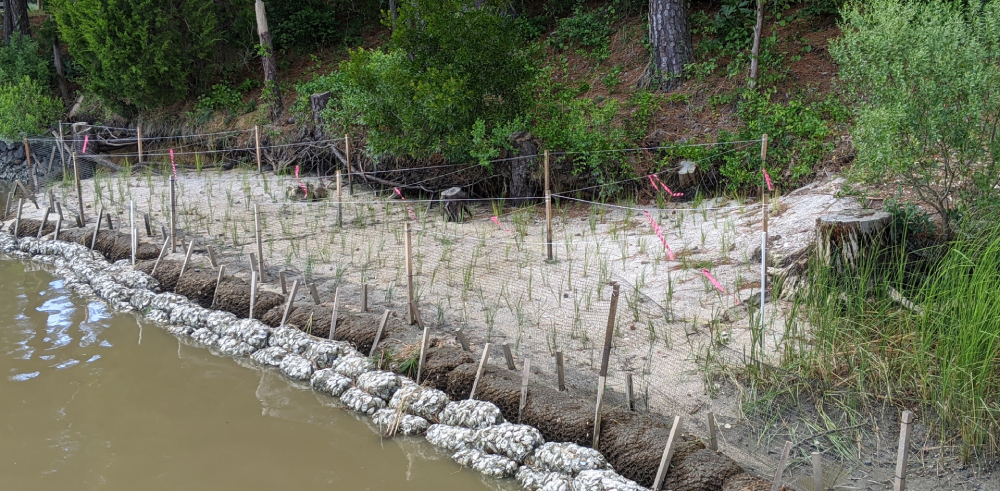
It has been hurricane season for a couple months now and the tropics are really heating up! Hurricanes and tropical storms are formed when hot air from sub-Saharan Africa blow over the warm waters of the Atlantic Ocean. Loosely organized thunderstorms begin rotating counter-clockwise as they move westward. Eventually, the storms can coalesce into a tropical cyclone with the designation tropical depression, tropical storm, or hurricane, all depending on its strength. The strongest of these may have winds that exceed 150 miles per hour!
Hurricanes can be exceedingly dangerous when they impact areas occupied by humans. In addition to wind and rain, flooding from a “storm surge”, a higher than normal tide brought in by the hurricane, can shut down roads and flood homes. Marshes can attenuate wave energy during these storms as millions of individual grass stems break up and deflect oncoming water, protecting any land or buildings behind them. If there is a flood either from lots of rain or a storm surge, marshes and other wetlands can act as a large sponge and absorb some of the extra water. Following the storm, native plants and filter feeders, such as clams and oysters, work to remove excess nutrients from the water. The James River Association recently planted a livings shoreline, an artificial marsh to reduce erosion, on Brewer’s Creek in Isle of Wight, VA. It performed very well during Tropical Storm Isaias with minimal loss of sand and no loss of plants!
Want to stay prepared during hurricane season? Now is the time to stock up on supplies, while there is no storm knocking on the door! Be sure to visit https://www.weather.gov/wrn/hurricane-preparedness for readiness tips and stay safe this tropical season!

